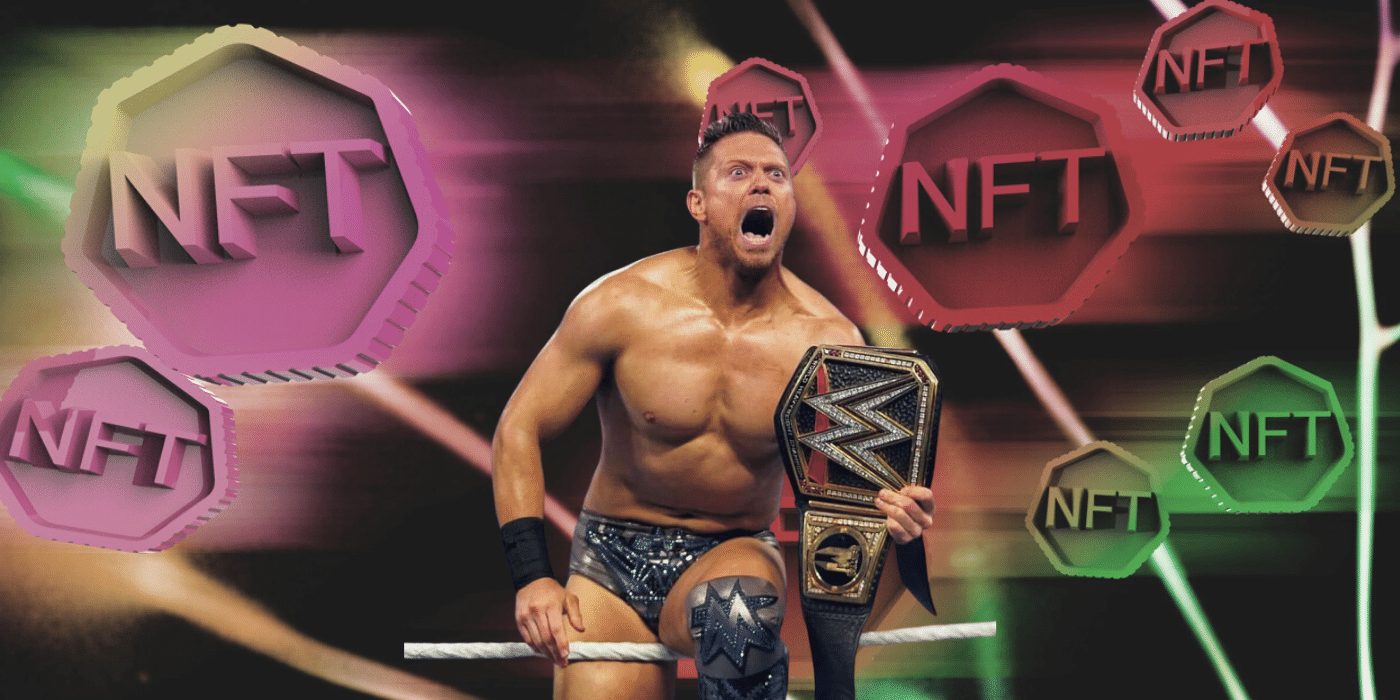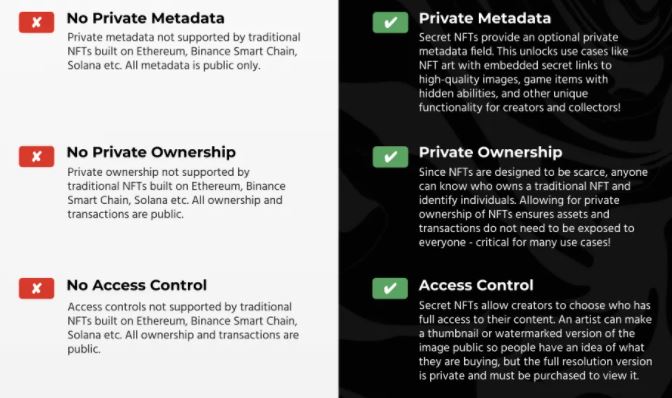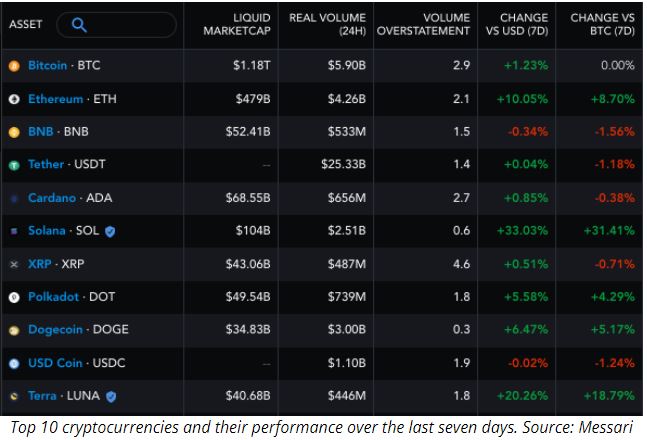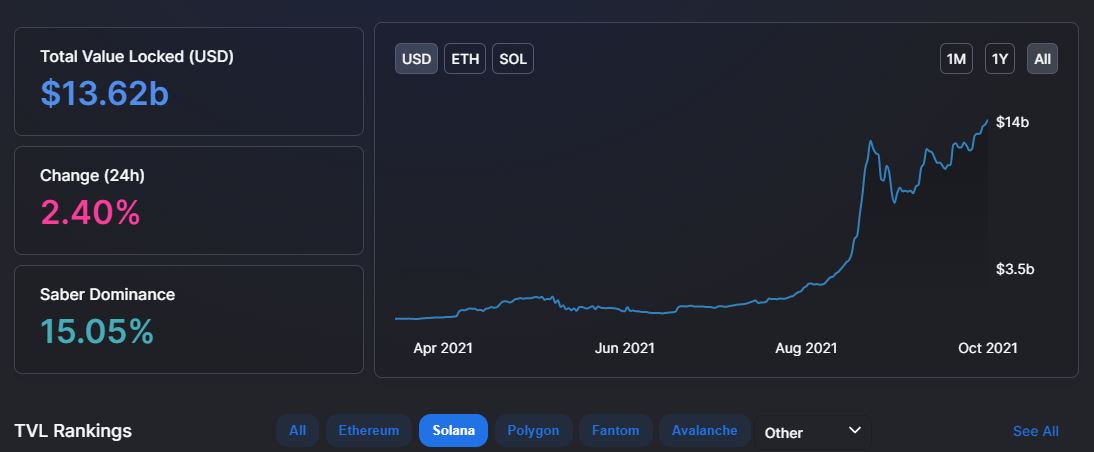Immutable X, the Australian Ethereum Layer 2 scaling solution for non-fungible tokens (NFTs), has partnered with a leading esports company, ESL Gaming, to provide gas-free trading of ESL Pro Tour NFTs on its platform.
ESL Gaming has been a giant in the gaming industry since 2000, raising more than A$10.76 million in prizemoney for gamers and helping to push the industry forward to where it is today.
ESL Gaming NFT Platform
The partnership will result in ESL getting its own NFT platform running on Immutable X technology, giving Counter-Strike enthusiasts around the world the opportunity to buy, sell and exchange NFT assets within the CS:GO ESL Pro Tour.
The platform has 11 million members and in 2020 alone, content from the ecosystem’s tournaments was broadcast for a cumulative total of 265 million hours across the world, generating over 675 million social media impressions and 52 million social media views through ESL Pro Tour CS:GO events. With fans in more than 190 countries, all tournaments from ESL Pro Tour CS:GO combined generated over 905 million video plays in 17 languages, not including China.
The Immutable team has gaming in their DNA and we share the same vision for the future of NFTs. In combination with a deep passion for the community, this is the only way to forge meaningful innovation in the space.
Bernhard Mogk, SVP, global business development, ESL Gaming
Carbon-Neutral, Gasless NFTs
The partnership with Immutable X will ensure ESL is provided with the required scaling infrastructure, granting access to esports fans to carbon-neutral and gas-free minting and trading of NFTs. Users will also be able to trade on the platform with their minds at ease, since Immutable X’s secure protocol directly inherits the Layer 1 security of Ethereum. The solution is powered by StarkWare‘s innovative technology, offering instant trade confirmation and massive scalability of up to 9,000 transactions per second.
Immutable X has committed to offset any carbon footprint with its certified climate-conscious partners, Trace and Cool Effect, making every NFT on its Layer 2 100 percent carbon-neutral.
The future is full of NFTs and drops that unlock exclusive perks for their owners. Players and enthusiasts can look at ESL Gaming’s previous NFT drops here. With the increasing amount of NFTs being produced across the globe, Adobe Photoshop has added a new feature to help verify the authenticity of digital art pieces.
Immutable’s solution to carbon-neutral and gas-free trading of NFTs fits our needs perfectly, and we can’t wait to show fans what we’re building …
David Hiltscher, VP, fan value management and analytics, ESL Gaming
















